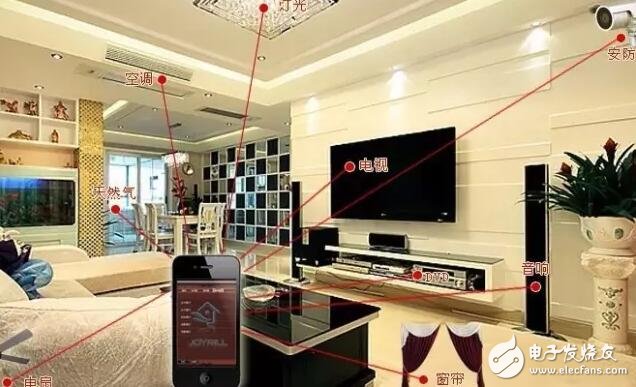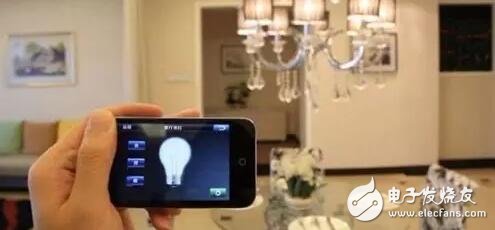With the rapid advancement of big data, artificial intelligence and other technologies, smart homes play an increasingly important role in life. According to the data of China's smart home equipment industry market prospect and investment strategy planning report released by Forward Industry Research Institute, in 2016, China's smart home market reached 60.57 billion yuan, a year-on-year growth rate of 50.15%. It is expected that smart homes will usher in an explosion in the next few years. By 2018, the smart home market will reach 139.6 billion yuan. By 2020, China is expected to become the largest smart home market in Asia. Although the prospects are good, but the situation is not difficult to solve, the key to breaking the problem lies in returning to the essence of users, deep cultivation of products, technology research and development and services.
Smart home encounters external heat and cold
In recent years, smart homes have shown strong vitality on a global scale. According to reports, in 2014, the global smart home market was worth 52 billion US dollars, and it is expected to reach nearly 100 billion US dollars by 2017, with a compound annual growth rate of about 20%. However, smart homes have repeatedly hit the wall in the domestic market, and they are caught in the embarrassing situation of two hot days.

According to data released by market research firm StaTIsta, in 2016, the United States became the largest country in the global smart home market with US$9.715 billion, while China ranked fourth with US$520 million. From the growth of smart home penetration rate The United States ranked first with 5.8%, and this figure is only 0.1% in China. The gap is shocking. Although the smart home scene is still in the incubation stage and is not widely used worldwide, it is an indisputable fact that smart homes are more popular in some developed countries than domestic ones.

The reason for the “external heat and cold†of smart homes is that, due to the fact that the current smart home ecosystem has not been fully established, the fragmentation, poor compatibility and complicated operation of the smart homes have not been completely solved, and it is difficult for consumers to deeply understand the smart home. Wisdom and convenience, the "high cold" impression of smart home needs to be improved; on the other hand, the smart home field lacks supporting regulations and uniform standards, the industry is mixed, the products are mixed, the consumers are generally poorly experienced, and the reputation is difficult to improve. Drive the consumer's pay attention. In addition, product prices and consumption habits are also the main factors hindering the popularity of smart homes. According to the survey conducted by the Speedway Research Institute, the proportion of respondents who chose the above two accounts for more than 50% and 30% respectively.
Multi-party power smart home domestic market
Despite this, the domestic smart home market is still very optimistic, which can be seen from the hugs of relevant manufacturers and the investment enthusiasm of financial institutions. First of all, China's overall economic situation is stable, the middle class rises, and consumption continues to escalate. Second, China has become the world's largest Internet market, and the integration of manufacturing and Internet has gradually deepened. These two factors have made the domestic smart home market fast. The potential for an outbreak.
BAT took the lead, Xiaomi and Meizu followed closely, Haier, Midea, Gree, Kangjiedeng KJD and other home appliances, and they have been focusing on R&D since 2013. These two years have been mysterious investors. The investment of 50 million start-up brands TIjio, Tianqiao smart home brand, radio and television, telecommunications, mobile and other operators also intend to share porridge. Last month, the domestic strength of housing companies to create 150.41 billion investment LeTV has become a hot topic, and there are opinions that may pave the way for its smart home strategy. This month, Baidu wholly acquired the smart home control and hardware startup Raven Technology to further explore the commercialization of artificial intelligence. The market generally presents a melee pattern that is both specialized and complementary, both competitive and cooperative.
The industry believes that with the improvement of smart phone functions, the interconnection of mobile terminals and home devices is closer, and the artificial intelligence technology is becoming more and more mature, which not only enhances the level of home intelligence, but also makes the products more responsive to the actual needs of users. Domestically, there are better conditions for the development of smart homes, and more and more consumers will favor the use of smart homes, and smart homes will also bring qualitative changes to users' lives.
Window Facing Lcd Display,Window Facing Display,Digital Signage,High Brightness Lcd Display
Shenzhen Risingstar Outdoor High Light LCD Co., Ltd , https://www.risingstarlcd.com